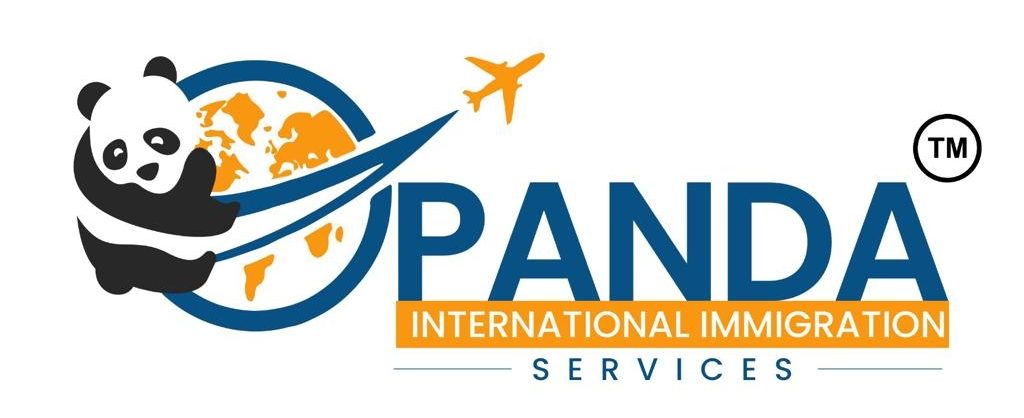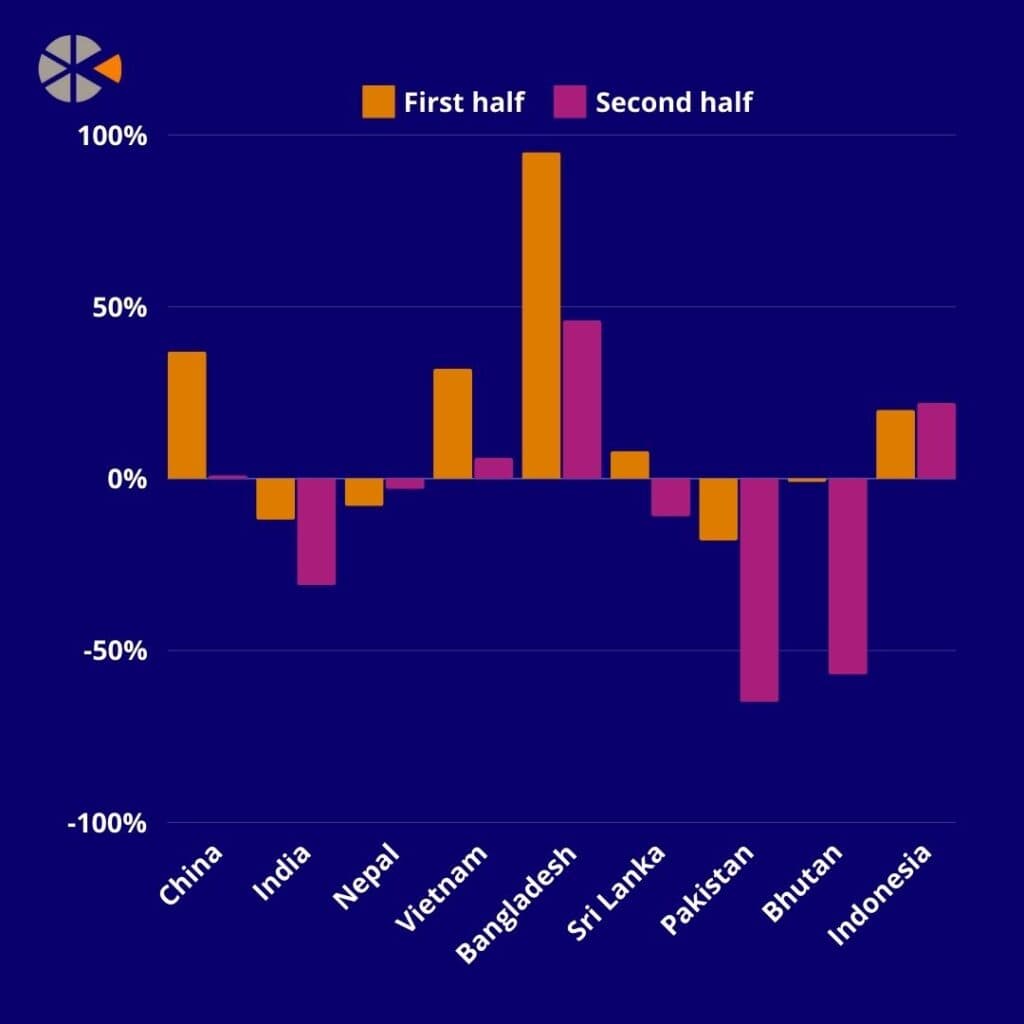Against a backdrop of changes to Australia’s policy framework, October 2023 to August 2024 saw a 38% reduction in the number of overall study visas granted compared to the previous year.
The VET sector has been hardest hit by the changes, experiencing a 67% reduction in study visas, with ELICOS and higher education seeing drops of 50% and 25% respectively, according to new data from Studymove education data consultants.
“The caps that are due to be introduced will bring international student numbers to 2023 levels, but visas granted for higher education are already 25% below 2023 levels, with commencements for the second half of 2024 11% below 2023,” said Keri Ramirez, Studymove managing director in a webinar on October 17.
“With any introduction of changes, markets react differently, but the unbelievable range between markets shows how disruptive these polices have been and how challenging it has been for education providers to react to this new set of policies,” he added.
In a turbulent 12 months for Australian higher education, the sector has seen visa costs more than double, hikes in financial requirements and English-language requirements, and a reduction in the length and graduate age for post-study work visas.
The main policy change creating uneven impacts across the sector has been Ministerial Direction 107, which was implemented in December 2023 to apply greater scrutiny to offshore student visa applications and is set to be replaced by the highly controversial ESOS Bill – which includes international student caps.
Twelve months of constant changes to the market conditions has been very confusing for students to understand the value proposition of Australia
Keri Ramirez, Studymove
“[Ministerial Direction 107] is a policy which has significant flaws which has been very disruptive in the sector and, unfortunately, is taking away something which is essential in any visa application system, which is the fairness of the system.
“It’s very unfair to have a system when an applicant doesn’t really know the criteria to obtain a visa. What’s the fairness when an education provider is trying to recruit a student without knowing what the requirements are to get a visa?” asked Ramirez.
Besides Bangladesh, which saw a 3% rise in student visas, every market experienced a reduction in visas granted, with the Philippines seeing the most dramatic fall of 67% compared to the previous year.
The following list highlights the uneven impact across markets, showing the percentage change in visas issued – across ELICOS, VET and higher education – from the previous year:
Bangladesh: +3%
China: -7%
Japan: -7%
Sri Lanka: -26%
Vietnam: -28%
Indonesia: -32%
Brazil: -46%
Nepal: -53%
India: -56%
Colombia: -62%
Philippines: -67%
“Twelve months of constant changes to the market conditions has been very confusing for students to understand the value proposition of Australia at the moment,” said Ramirez, highlighting the difficulty of analysing the impact of repeated policy shifts “and whether they are going too far or not”.
The applicant timeline is making it even more complicated to understand the impact, noting that last year’s announcement of Ministerial Direction 107 in December, while being a “headache” to implement, didn’t show its effects on student visas until April or May 2024.
The lagging effect of policies making it a lot more complicated to measure the effect of policies, with higher educational international student commencements only falling in the second half of 2024 when they were 11% down on 2023 figures.
2024 first half and second half (preliminary) yearly change in top markets for higher education:
Source: Australian Department of Education (July 2024).
“Because Australia has been introducing policies as we go, it has been really, really hard to measure these effects but the reality, and my concern, is that the preliminary results for the second half of 2024 show how much things are flipping.”
“With the current market conditions, universities are not going to be able to meet the proposed caps so we’re going to require some sort of correction,” said Ramirez.
In 2025, Studymove is forecasting a 6.2% increase in average international student fees, the highest rise since 2018, caused by institutions entering “emergency mode”.
Annual average increase in international student fees 2018-2025 :
Source: Studymove.
As well as increasing fees, institutions that are constrained by the caps will need to adjust their international strategies to meet financial goals, including by diversifying their portfolios with a greater emphasis on study abroad, online learning and offshore pathways, according to Studymove.
The post Australian study visas fall by 40% as “disruptive” policy changes take hold appeared first on The PIE News.


